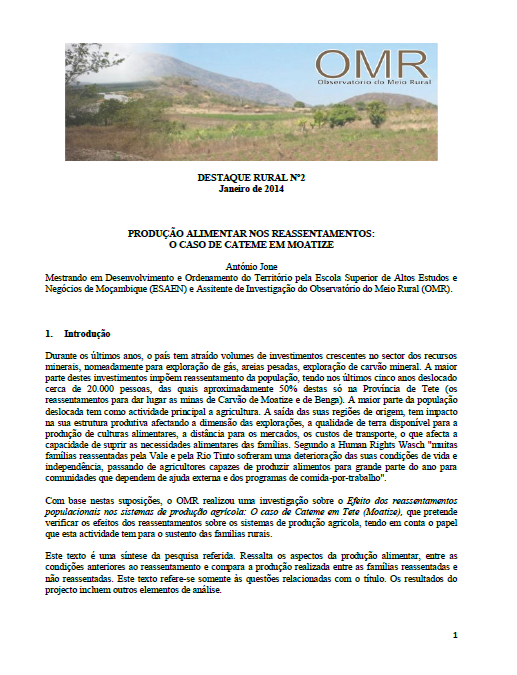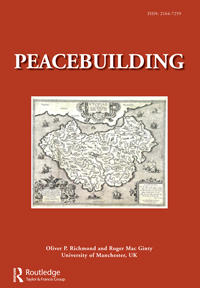Produção alimentar nos reassentamentos: o caso de Cateme em Moatize
Durante os últimos anos, o país tem atraído volumes de investimentos crescentes no sector dos recursos minerais, nomeadamente para exploração de gás, areias pesadas, exploração de carvão mineral. A maior parte destes investimentos impõem reassentamentos da população, tendo nos últimos cinco anos deslocado cerca de 20.000 pessoas, das quais aproximadamente 50% destas só na Província de Tete (os reassentamentos para dar lugar as minas de Carvão de Moatize e de Benga).





